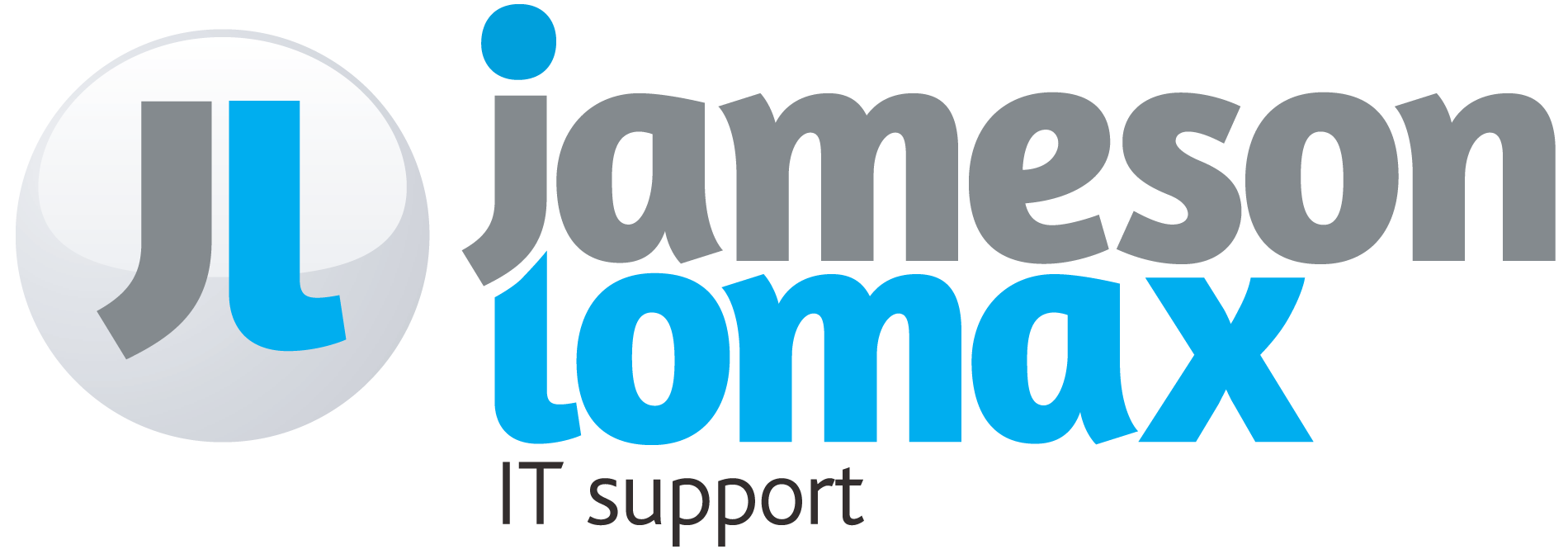
24 Aug 7 Overlooked features of Microsoft Teams – The Hidden Gems of Microsoft 365
With over half a million companies using Microsoft teams worldwide, it’s safe to say it has become somewhat of a ‘household name’ in the domain of business communication. As a result, it needs little introduction; you know its purpose and you can navigate its main features with ease. However, have you ever wondered if you’ve overlooked any ‘genius-level’ features lurking below the surface of this popular platform? Let’s look at a few useful tools and features you may have overlooked.
Sending and forwarding Emails to channels to keep correspondence in one place
Teams lets you funnel email correspondence into ‘channels’ using an auto-generated email address for every channel you set up. To obtain this email address simply click on the three dots on the right-hand side of the channel name banner and select ‘get email address.’

This email address can then be copied and used by all group members (or sent to relevant external parties) to send and forward emails to the channel. Once you send an email to a channel Teams automatically sets up a folder within the ‘Files’ section of the channel called ‘Email Messages’ into which all emails and attachments will automatically be stored.
![]()
This is an underused feature that lets you combine Email and instant messaging communications in one space.
‘Save message’ feature
This extremely simple feature lets you save important messages or in-chat content so that you can easily return to it when you have more time. Simply click on the three dots that appear when you hover your cursor over a message and then click ‘save this message.’

To recall the content, you’ve saved visit your account icon at the top right of the Teams window and select ‘saved.’

Invite ‘guests’ to your Teams and channels
Teams lets you invite individuals outside your organisation to your Teams channels using the ‘guest access’ feature. Guests can participate in meetings, view and share channel files, participate in channel conversations and start private chats; although as you might expect guest users have far less freedom than group members.
Initiating ‘guest access’ is relatively straightforward, and access can be extended to anyone with an active business or consumer-grade email account.
Use the @mentions filter to find content that’s relevant to you
The activity tab on the left-hand side of Teams is where you receive notifications and updates relating to content that you’re concerned with. However, sometimes you’ll want to separate the information that is specifically targeted at you from the more general updates. This can be achieved using the ‘@mentions filter’ which is accessed through the filter Icon in your activity feed.


This easy, 2-stage process lets you focus on those critical conversations.
Record your meetings and save them to the cloud
Teams let you record and save virtual meetings so you can refer to the discussions you have with colleagues.
This function is accessed through the ‘meeting controls’ menu. After joining a meeting navigate to ‘meeting controls’ – ‘More Options’ – ‘Start recording.’ To stop a recording navigate the same menu and select ‘stop recording.’ It’s that simple!


All attendees receive a notification informing them that the meeting is being recorded and a similar message is also posted in the chat history. When the recording ends, the meeting is then processed and saved for viewing in Microsoft Stream. The length of this process can vary but often take a while for longer video conferences.
Use ‘slash commands’
Slash commands are simply shortcuts you can use that let you perform simple commands more quickly. To utilise these simply type a forward slash into the search bar at the top of the window and menu of slash commands will appear.

The forgotten chat tabs
When you initiate a chat with someone the chat window displays a number of default ‘tabs’. By default, these are; chat, files, organisation and activity. ‘Chat and Files’ are pretty self-explanatory but ‘Organisation and Activity’ feature useful information yet often go overlooked.
‘Organisation’ uses information from your Azure Active Directory to display someone’s position in an organisation; useful in situations where you might need a mental image of the chain of command.
‘Activity’ simply displays a list of the individual’s Teams activity in all the channels you have access to. Useful for referring to something someone said to you if you can’t remember in which channel it was said.
When you scratch beneath the surface of its deceptively pared-back interface you’ll find hidden depths to Teams and a host of great features that many users are unaware of. Combine these hidden features with the ability to integrate hundreds of apps into the experience and it’s not hard to see why so many businesses choose Teams as their communication platform of choice.
We’re Jameson Lomax
Drawing on over 30 years’ experience in the technology sector, we have the time-served expertise to help your business embrace the digital revolution and improve productivity in these testing times. We cover all bases; from flexible, tailored IT support and procurement to comprehensive security and backup services.
We understand the heightened importance of value for money, efficiency, and productivity in the current climate. Thankfully, cloud-based platforms such as Microsoft 365 make it easier (and more affordable) than ever to tackle the productivity challenges that the modern world presents.
Why not give us a call today on 0115 9825255 and discover the business transformation potential of the Microsoft 365 suite.

